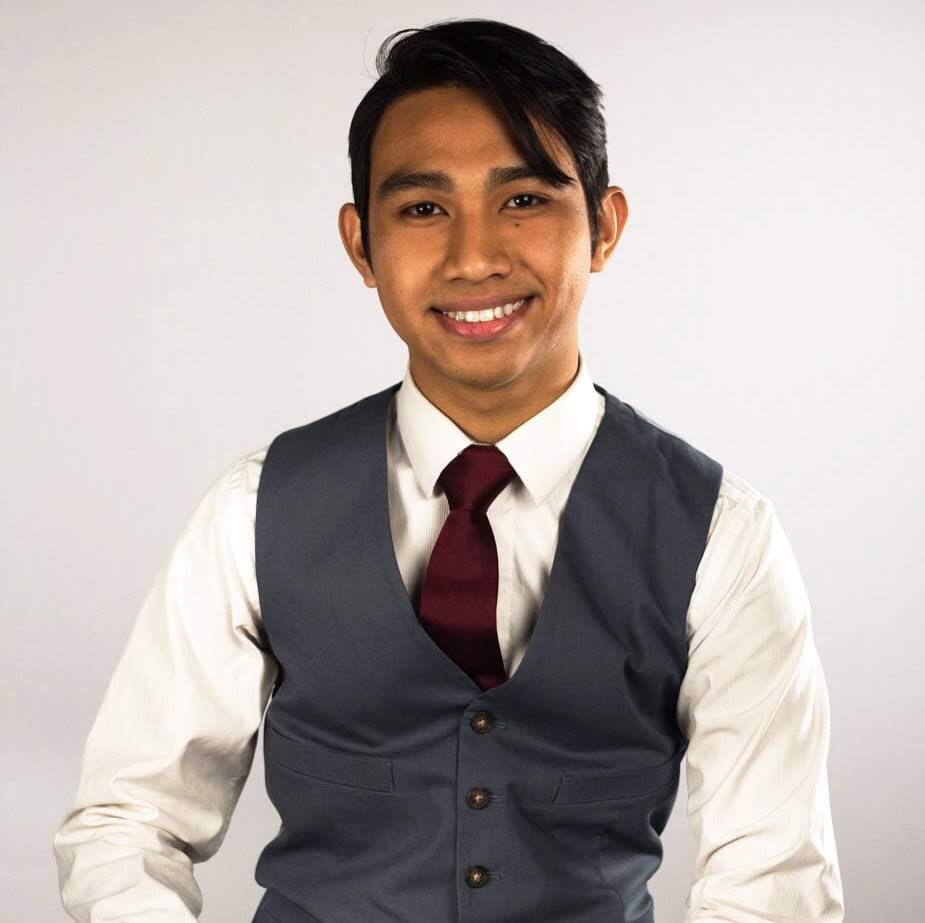Hello! I would like to introduce myself to everyone at Genesee Center for the Arts as I will be a resident photographer starting this January! I am originally from Buenos Aires, Argentina but currently live in Brooklyn, NY. I am interested in using the law as form, intervening in systems of power and I fundamentally believe photographs are inherently dishonest. I recently showed a piece in Orlando, FL:
MERCEDES, STEPHANIE
I am currently a artist in resident at Lugar de Dudas in Cali, Colombia: http://www.lugaradudas.org/#/ where I am working on a project on the peace treaty agreement between the Colombian government and FARC rebels.
Soon I will be making a trip home to Buenos Aires in December to begin my research at El Archivo Nacional de Argentina to prepare for my project during my Genesee Center Residency. The project: “Copyrighting the Light of Day” is based on a pending Argentine copyright bill that was proposed in September of 2015. The bill, No. 2517-D-2015 would extend photographic copyrights from 20 years after publication to life plus 70 years. https://www.eff.org/deeplinks/2015/09/argentina-proposes-100-year-plus-copyright-extension-photography During the 1970’s in Argentina all photographs taken during the dirty war became public property as their creators were victims of disappearances. The Dirty War was a very dark period in Argentine history. Anyone who spoke out against the dictator at the time was murdered. Intellectuals, photographers, students and artists were some of the first members of society to be killed. It is estimated that during the war’s 10 year span 10,000 to 30,000 Argentine citizens were killed.
If this bill were to pass, all photographs documenting this period which currently exist in the public realm would become privatized by the state. A recent representative from wikipedia informed me “all visual and photographic remnants” during the Argentine during war would be erased. Documentation of correspondence between Kissinger and Gen. Jorge Videla —the dictator of Argentina — was released two months ago. In the correspondence, Gen. Jorge Videla attempts to remember the number of people killed during a five year period. At the end of correspondence, he notes the numbers are unimportant as they “will never see the light of day.”
Once I am in Buenos Aires I will be going through Los Archivos Nacional de Argentina and scanning one image from the archives for every day during the Dirty War. Later, once I am at the Genesee Center I will crop these selected images so that they only present “the light of day.” With the assistance of a Argentine Copyright Lawyer I will then copyright these images, and thereby copyright the light of day during the dirty war. All copyrighted images will be available to the public. http://www.mininterior.gov.ar/agn/agn.php
I will be regularly posting my progress in Buenos Aires and I look forward to meeting you all in Rochester!
![]()
![]() For the past few weeks I have been thinking about what I would like to do for my exhibition at Flower City Arts Center. Even though, it is not until next August, I want to make as much work as possible. These are a few shots I took this weekend on my iPhone.
For the past few weeks I have been thinking about what I would like to do for my exhibition at Flower City Arts Center. Even though, it is not until next August, I want to make as much work as possible. These are a few shots I took this weekend on my iPhone.












